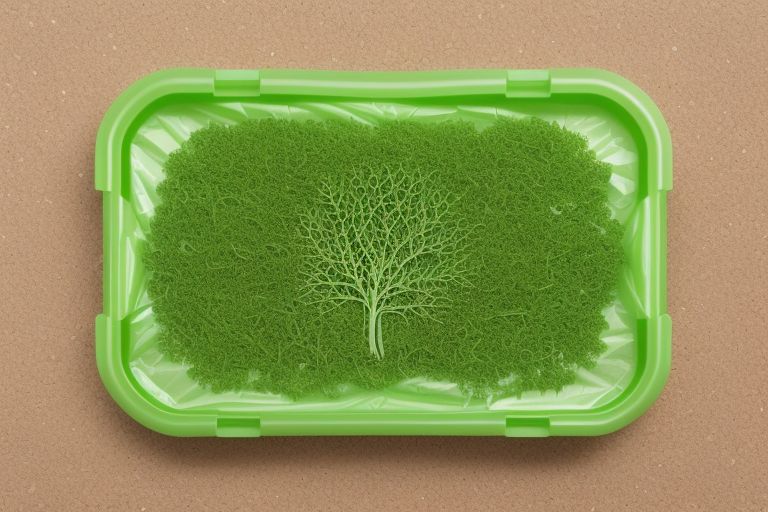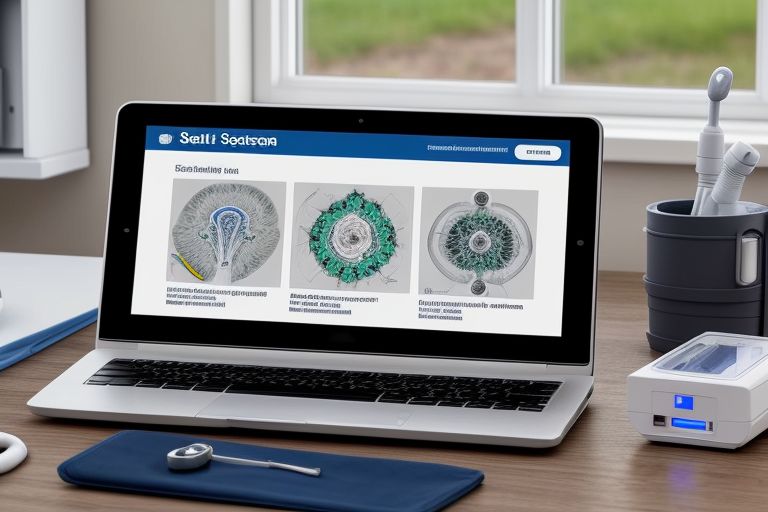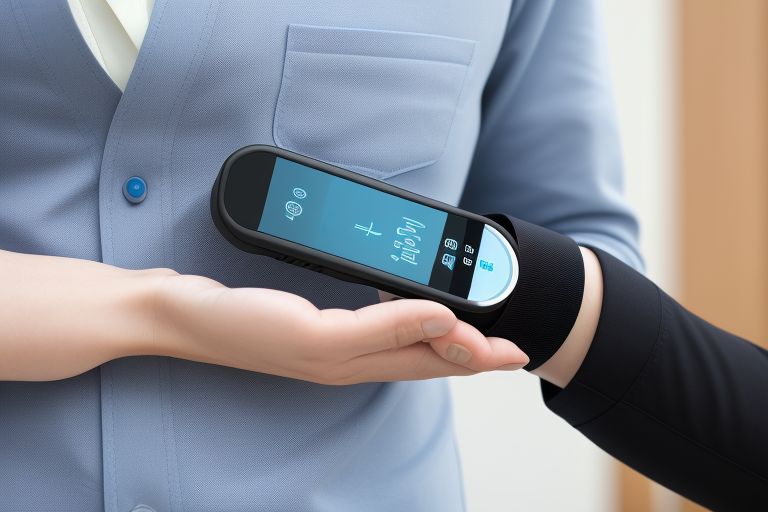In a major stride toward environmental sustainability, a new biodegradable plastic alternative has been launched, promising to significantly reduce plastic waste and its catastrophic impact on our ecosystems. This innovative material, developed after years of research by environmental scientists and material engineers, is designed to decompose quickly and safely, unlike traditional plastics that linger in the environment for centuries.
The Problem with Conventional Plastics
Traditional plastics are derived from petrochemicals and can take up to a thousand years to degrade, accumulating in our oceans, landscapes, and even within the bodies of wildlife and humans. This persistence in the environment has led to dire consequences, including pollution and harm to animals who ingest plastic debris. The need for alternatives has never been more urgent, as the production and disposal of plastic continue to escalate globally.
The Breakthrough Solution
The new biodegradable plastic alternative is crafted from natural substances such as plant fibers, starches, and other organic materials that are renewable and environmentally friendly. Unlike conventional plastics, this new material is engineered to break down within a few months under natural environmental conditions, leaving no harmful residues.
How It Works
The science behind this biodegradable plastic involves a clever manipulation of organic compounds to create polymers that mimic the properties of traditional plastic—such as flexibility, durability, and water resistance—but with a crucial difference. These biological polymers are designed to decompose quickly when exposed to natural elements like sunlight, moisture, and microbial activity.
Applications and Benefits
Packaging Industry
One of the most immediate applications of the biodegradable plastic alternative is in the packaging industry, where it can replace conventional plastics in items such as bags, wrappers, and containers. This switch not only helps reduce the environmental impact of packaging waste but also aligns with increasing consumer demand for sustainable products.
Agriculture
In agriculture, biodegradable plastics can be used for mulching films, plant pots, and protective coverings, all of which decompose in the soil, enriching it rather than polluting it. This helps farmers reduce waste and avoid the labor-intensive process of removing traditional plastic coverings.
Medical Field
The medical field also stands to benefit from biodegradable plastics. Surgical sutures, bandages, and disposable garments made from biodegradable materials can significantly reduce medical waste, a major source of pollution from hospitals and clinics.
Market Reception and Challenges
The market response to this biodegradable plastic has been overwhelmingly positive, with many companies eager to adopt more sustainable practices. However, challenges remain, such as scaling production to meet global demand and ensuring that the cost of these biodegradable alternatives remains competitive with traditional plastics.
Future Prospects
As the technology for biodegradable plastics evolves, the potential for further applications seems limitless. The ongoing research focuses on enhancing the material’s durability and decomposition rate to suit a wider range of uses, from automotive parts to water-resistant coatings.
Conclusion
The introduction of a biodegradable plastic alternative represents a critical advancement in the fight against plastic pollution. As this technology develops and becomes more widely adopted, it holds the promise of a cleaner, more sustainable future for our planet. The shift to biodegradable materials is not just about reducing waste; it’s about rethinking our relationship with materials and making conscious choices that benefit the environment.




















+ There are no comments
Add yours